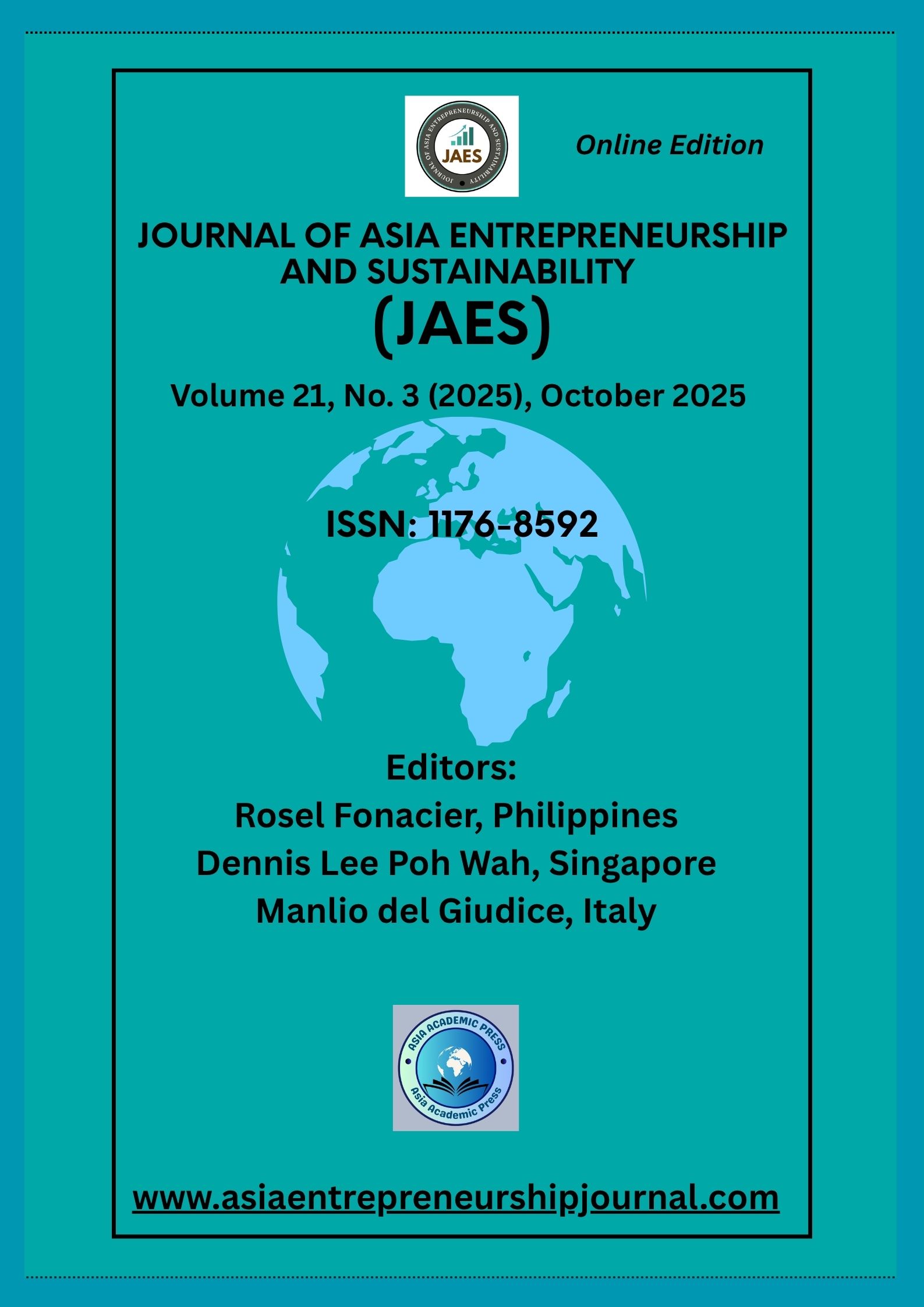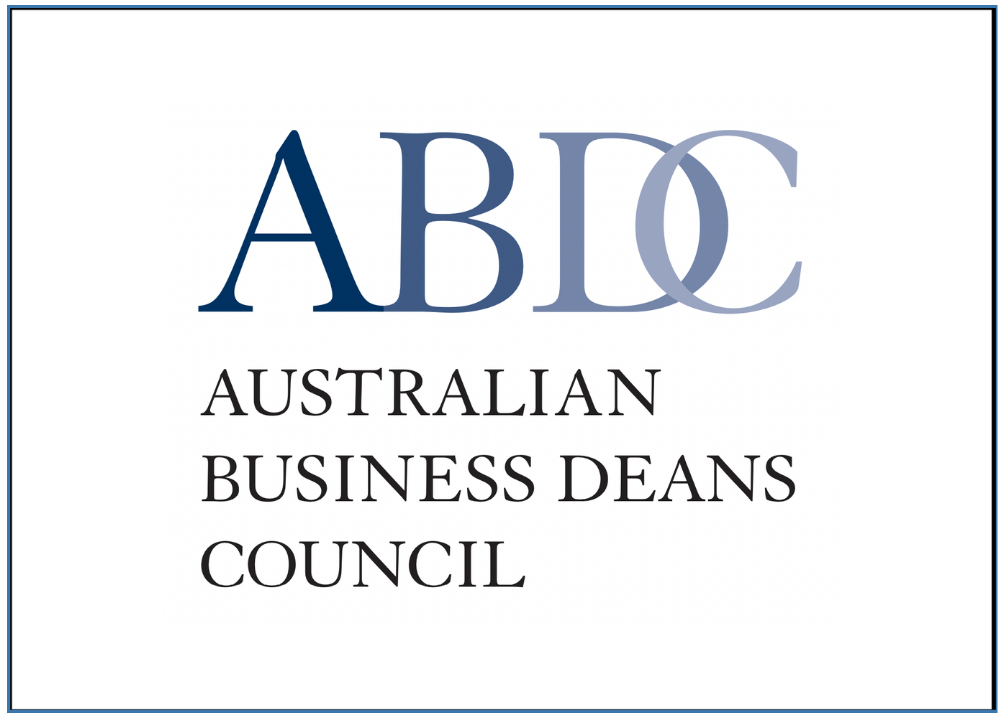Integrating Marketing Strategy With Business Management: A Roadmap For Competitive Advantage
DOI:
https://doi.org/10.53555/jaes.v21i3.72Keywords:
Strategic integration, marketing strategy, business management, competitive advantage, organizational alignmentAbstract
In today’s rapidly evolving business landscape, the strategic integration of marketing with business management has become a vital determinant of sustainable competitive advantage. While marketing has traditionally been treated as a functional domain, there is growing recognition of its potential as a core strategic enabler. Many organizations continue to struggle with aligning marketing activities with broader organizational goals. The research employed a qualitative, exploratory design using thematic content analysis of scholarly and applied literature sources. The study focused on identifying key strategic frameworks, integration barriers, and emerging trends. Secondary data were analyzed across four domains: theoretical alignment, organizational challenges, strategic contributions, and practice adoption. Findings revealed that frameworks such as the Resource-Based View, Dynamic Capabilities, and Integrated Marketing Communications dominate the discourse on integration. Key organizational barriers include siloed structures, digital skill gaps, and strategic short-termism. High integration positively impacts strategic planning, customer value creation, and sustainability initiatives. Emerging practices like data-driven marketing and cross-functional collaboration are increasingly adopted by firms seeking agile, aligned operations. The study underscores that marketing should be positioned as a strategic function central to innovation and value delivery. It recommends deeper structural integration, stronger digital capabilities, and future empirical validation to refine and operationalize integration frameworks across industries.
References
1. Andaleeb, S. S., & Hasan, K. (Eds.). (2016). Strategic marketing management in Asia: case studies and lessons across industries. Emerald Group Publishing Limited.
2. Barney, J. (1991). Firm resources and sustained competitive advantage. Journal of management, 17(1), 99-120.
3. Besanko, D., Dranove, D., Shanley, M., & Schaefer, S. (2009). Economics of strategy. John Wiley & Sons.
4. Boza, E., Kilipiri, E., & Papaioannou, E. (2025, April). Integrating Sustainability into an Organizational Marketing Strategy: A Systematic Literature Review. In Proceedings (Vol. 111, No. 1, p. 23). MDPI.
5. Brown, E. (2022). Marketing Strategies in the Digital Age. International Review of Business & Management, 4(2), 1-10.
6. Cosa, M. (2024). Business digital transformation: strategy adaptation, communication and future agenda. Journal of Strategy and Management, 17(2), 244-259.
7. David, M. E., & David, F. R. (2017). Are key marketing topics adequately covered in strategic management?. Journal of Strategic Marketing, 25(5-6), 405-417.
8. Day, G. S., & Moorman, C. (2010). Strategy from the outside in: Profiting from customer value. (No Title).
9. Dibb, S., & Simkin, L. (2008). Marketing planning: A workbook for marketing managers. Cengage Learning.
10. Ertimur, B., & Coskuner-Balli, G. (2015). Navigating the institutional logics of markets: Implications for strategic brand management. Journal of Marketing, 79(2), 40-61.
11. France, S. L., & Ghose, S. (2019). Marketing analytics: Methods, practice, implementation, and links to other fields. Expert Systems with Applications, 119, 456-475.
12. Grant, R. M. (2016). Contemporary strategy analysis: Text and cases edition. John Wiley & Sons.
13. Hartman, A. E., & Coslor, E. (2019). Earning while giving: Rhetorical strategies for navigating multiple institutional logics in reproductive commodification. Journal of Business Research, 105, 405-419.
14. Hill, C. W. L., Jones, G. R., & Schilling, M. A. (2014). Strategic Management: Theory: An Integrated Approach (11th ed.). Cengage Learning.
15. Homburg, C., Workman Jr, J. P., & Jensen, O. (2002). A configurational perspective on key account management. Journal of marketing, 66(2), 38-60.
16. Kim, W. C. (2005). Blue ocean strategy: from theory to practice. California management review, 47(3), 105-121.
17. Luo, Y., & Child, J. (2015). A composition-based view of firm growth. Management and organization review, 11(3), 379-411.
18. Pearson, S., & Malthouse, E. (2024). Fifth Generation IMC: Expanding the scope to Profit, People, and the Planet. arXiv preprint arXiv:2404.04740.
19. Porter, M. E. (1996). "What Is Strategy?" Harvard Business Review, 74(6), 61–78.
20. Porter, M. E. (2008). Competitive advantage: Creating and sustaining superior performance. simon and schuster.
21. Porter, M. E., & Strategy, C. (1980). Techniques for analyzing industries and competitors. Competitive Strategy. New York: Free, 1.
22. Rehman, S. U., Gulzar, R., & Aslam, W. (2022). Developing the integrated marketing communication (imc) through social media (sm): the modern marketing communication approach. Sage Open, 12(2), 21582440221099936.
23. Teece, D. J., Pisano, G., & Shuen, A. (1997). Dynamic capabilities and strategic management. Strategic management journal, 18(7), 509-533.
24. Wernerfelt, B. (1984). A resource‐based view of the firm. Strategic management journal, 5(2), 171-180.
25. Zhao, K., Hua, J., Yan, L., Zhang, Q., Xu, H., & Yang, C. (2019, July). A unified framework for marketing budget allocation. In Proceedings of the 25th ACM SIGKDD International Conference on Knowledge Discovery & Data Mining (pp. 1820-1830).









